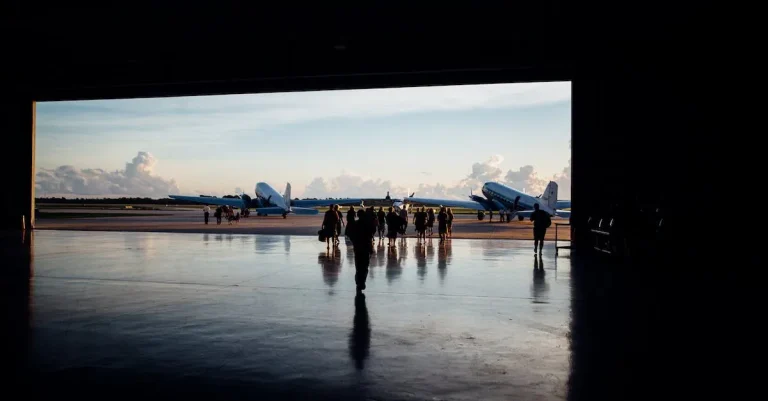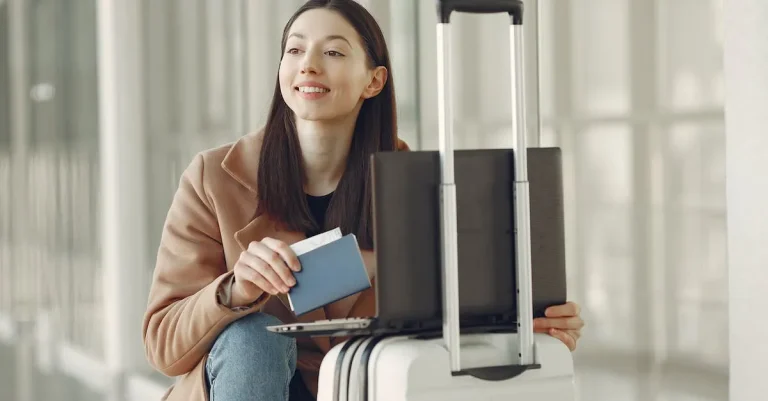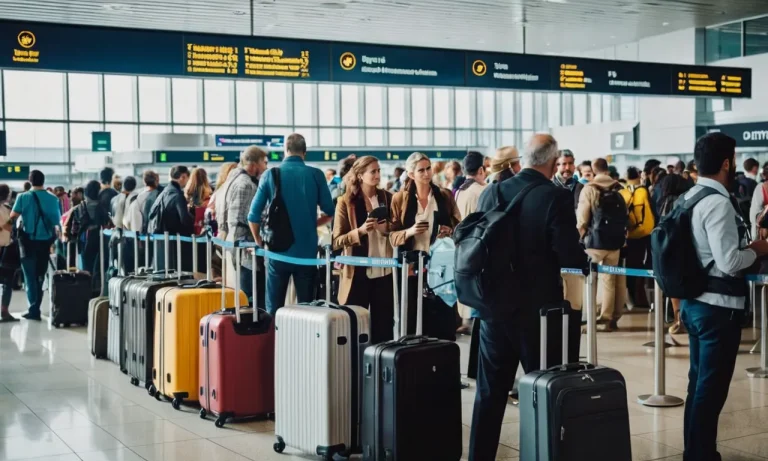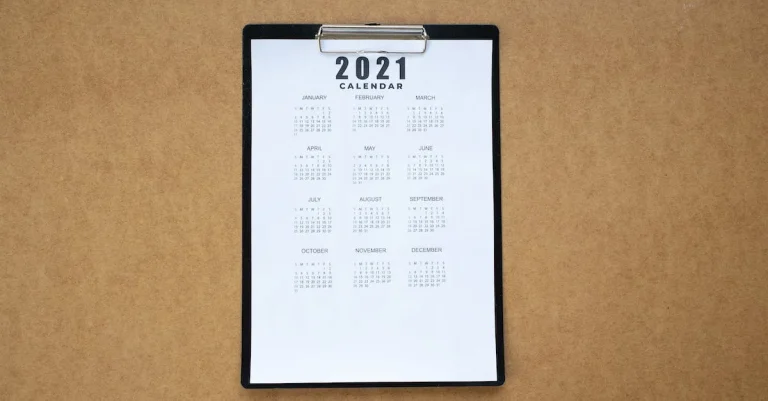Traveling can be stressful enough without having to worry about your bags getting lost when transferring between flights. If you have a multi-leg journey booked on separate tickets with different airlines, you may be wondering how your luggage will make it to your final destination.
If you’re short on time, here’s a quick answer to your question: You will need to collect your checked bags and recheck them at each transfer airport when flying on separate tickets. This ensures the next airline will transfer your luggage to your connecting flight.
In this comprehensive guide, we’ll explain everything you need to know about connecting flight baggage transfers when you’re traveling on separate tickets on different airlines.
You’ll learn how checked luggage is handled during connections, why you have to claim and recheck bags between airlines, tips for streamlining the baggage transfer process, and steps for tracking your checked baggage every step of the way.
How Checked Luggage Works on Connecting Flights
Airlines are only responsible for bags checked on their flights
When it comes to checked luggage on connecting flights, it’s important to understand that each airline is only responsible for the bags checked on their own flights.
This means that if you are flying with multiple airlines, you will need to follow the baggage policies and procedures of each individual airline.
It’s a good idea to familiarize yourself with the baggage rules of each airline before your trip to avoid any surprises or extra fees.
Bags are automatically transferred between flights on the same ticket
If you have booked your entire journey on a single ticket, your bags are typically automatically transferred between flights.
This means that you don’t have to worry about collecting your bags and re-checking them during your layover.
The airlines have systems in place to ensure that your luggage is properly transferred to your final destination.
However, it’s always a good idea to double-check with the airline when you check-in to make sure that your bags are tagged all the way through to your final destination.
You must claim bags when changing airlines on separate tickets
On the other hand, if you have booked your flights on separate tickets with different airlines, you will need to collect your bags and re-check them during your layover.
This is because each airline is only responsible for their own flights, and they do not have the ability to transfer your bags to another airline.
It’s important to leave enough time between flights to collect your bags, go through customs if necessary, and check-in again with the next airline.
Failure to do so may result in your bags being left behind or additional fees for re-checking.
Remember, it’s always a good idea to check with the airlines directly or consult their websites for the most up-to-date information regarding baggage transfer policies.
By being prepared and understanding how checked luggage works on connecting flights, you can ensure a smoother travel experience and avoid any unnecessary stress or inconvenience.
Why You Have to Claim & Recheck Bags Between Airlines
Different airlines don’t share baggage tracking systems
When you are flying with multiple airlines, it is important to understand that each airline operates independently with their own baggage tracking systems.
This means that when you switch from one airline to another during a layover, your luggage may not be automatically transferred to your final destination.
The lack of integration between airlines’ systems makes it necessary for passengers to claim their bags and recheck them before continuing their journey.
With such a massive number of travelers relying on air transportation, it is essential for airlines to have efficient and reliable baggage handling processes in place.
However, due to the lack of standardized systems, baggage transfer between airlines can be a complicated process.
So, even if you have booked your entire journey with a single ticket, you may still need to collect your bags and go through the recheck process.
This ensures that your luggage is properly accounted for and transferred to the correct flight for your final destination.
Rechecking bags confirms you and your luggage are on the next flight
Rechecking your bags between airlines not only ensures that your luggage is transferred to the correct flight but also provides peace of mind for passengers.
When you claim your bags and recheck them, you have the opportunity to confirm that you and your luggage are both on the same flight.
By going through the recheck process, you can avoid any potential mishaps or confusion that may arise during the transfer of your baggage.
This step serves as an additional layer of security, minimizing the chances of your luggage getting lost or misplaced during the journey.
Furthermore, rechecking your bags allows you to make any necessary adjustments or changes to your travel plans.
For example, if you decide to extend your layover or make a last-minute change to your itinerary, you can easily retrieve your bags and make the necessary arrangements.
It ensures you receive your bags at your final destination
One of the main reasons why you need to claim and recheck your bags between airlines is to ensure that you receive your luggage at your final destination.
While airlines strive to provide a seamless travel experience, baggage transfer can sometimes be a complex process.
By claiming your bags and rechecking them, you are actively participating in the transfer process and ensuring that your luggage is properly handled and accounted for.
This step allows the airline staff to tag your bags correctly and route them to the appropriate aircraft for your final destination.
While the majority of bags do reach their intended destinations, there are instances where mishaps occur, and luggage gets misplaced or delayed.
By actively participating in the recheck process, you increase the chances of receiving your bags promptly and minimizing the inconvenience caused by potential baggage mishandling.ž
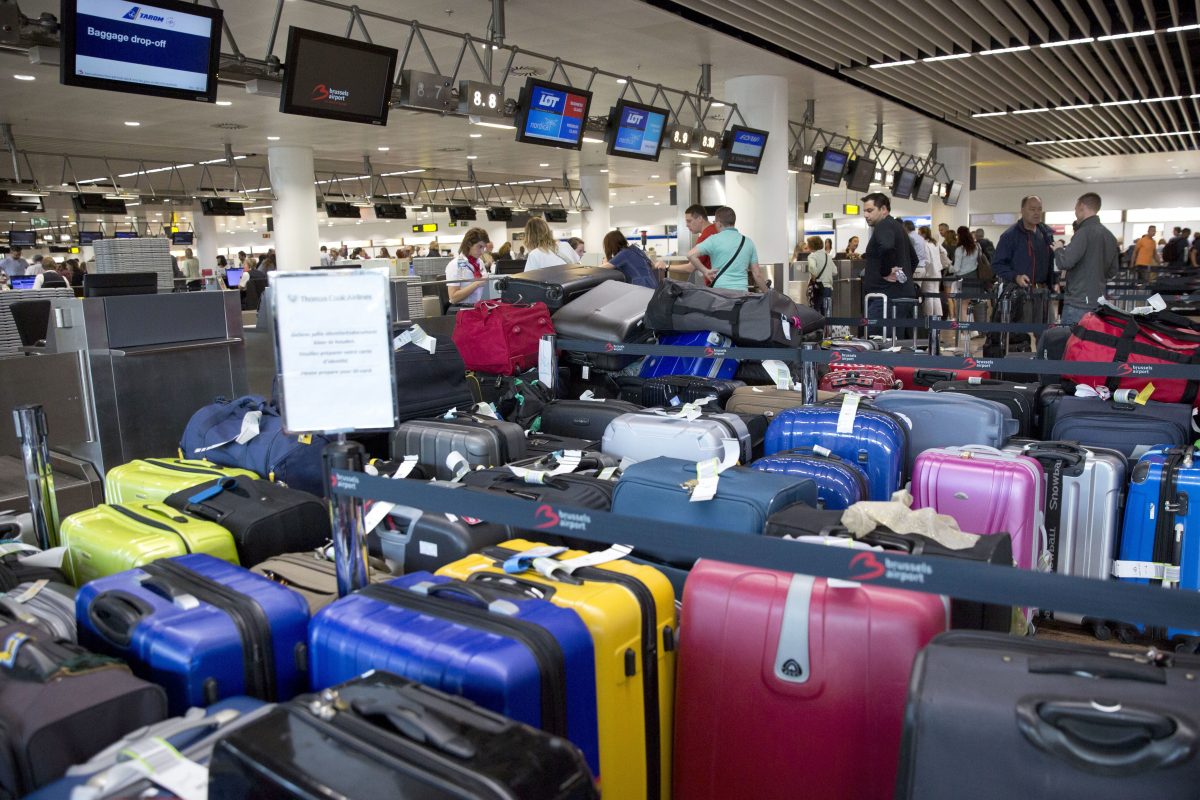
Tips for Streamlining the Baggage Transfer Process
Allow at least 90 minutes to claim and recheck bags
When flying multiple airlines, it’s important to allow sufficient time for claiming and rechecking your baggage.
This is especially crucial if you have a short layover between flights. Airlines have different baggage handling procedures, and delays can occur when transferring your luggage from one airline to another.
To avoid the stress of potentially missing your connecting flight, it is recommended to allow at least 90 minutes for baggage claim and recheck.
Request short connection times when booking flights
When booking your flights, it’s helpful to request short connection times between flights.
This means that there is less time between your arrival and departure, reducing the risk of your luggage getting lost or delayed during the transfer process.
Airlines may have specific guidelines for minimum connection times, so it’s important to check with the booking agent or airline to ensure you have enough time for baggage transfer.
Pack essentials and medications in your carry-on bag
One way to ensure you have access to your essential items is to pack them in your carry-on bag. This includes medications, toiletries, a change of clothes, and any valuables.
By having these items with you, you can avoid the inconvenience of waiting for your checked baggage to be transferred between flights.
Additionally, if your checked bag is lost or delayed, you will still have necessary items with you until your bag is located.
Check airport layouts and baggage claim info in advance
Before your trip, it’s a good idea to familiarize yourself with the layout of the airports you will be flying through.
This includes knowing the location of baggage claim areas and the processes for transferring baggage between airlines.
Many airports have detailed information on their websites, including maps and instructions for baggage claim.
By being prepared and informed, you can navigate the airport more efficiently and ensure a smoother baggage transfer process.
Remember, each airline and airport may have specific procedures for baggage transfer, so it’s important to check with them directly for the most up-to-date information.
By following these tips and allowing ample time for baggage transfer, you can minimize the chances of your luggage getting lost or delayed when flying multiple airlines.
How to Track Your Checked Bags on Separate Airlines
When flying on multiple airlines, it can be a bit nerve-wracking to ensure that your checked bags make it to your final destination.
However, there are several steps you can take to track your luggage and ensure a smooth baggage transfer process.
Get baggage tag numbers and airline phone numbers
Before your journey begins, it’s essential to obtain the baggage tag numbers for each of your checked bags.
These numbers are typically provided at the check-in counter or printed on your boarding pass. Make sure to keep these numbers handy as they will be crucial in tracking your luggage.
Additionally, take note of the phone numbers for each airline you are flying with.
In case you need to contact them regarding your baggage, having their contact information readily available can save you time and frustration.
Confirm your luggage is transferred at each airport
At each layover or connecting airport, it’s important to confirm that your luggage has been transferred to the correct airline.
When you check-in for your connecting flight, ask the airline representative to verify that your bags are accounted for and will be transferred to your final destination.
This step can help prevent any potential issues with misplaced or lost luggage.
Use baggage tracking apps and websites
In today’s digital age, many airlines and airports offer baggage tracking apps or websites that allow you to monitor the status of your checked bags.
These tools often provide real-time updates on the location of your luggage, giving you peace of mind during your journey.
Make sure to download any relevant apps or bookmark the tracking websites before your trip.
File missing bag reports promptly if needed
If, despite your efforts, your checked bags do not arrive at your destination, it’s essential to file a missing bag report with the airline as soon as possible. This report will initiate the search and recovery process for your luggage.
Be sure to provide accurate and detailed information about your bags, including their descriptions and contents.
Most airlines have specific procedures and deadlines for reporting missing bags, so acting promptly is crucial.
By following these steps and utilizing available technology, you can increase your chances of successfully tracking your checked bags when flying on separate airlines.
Remember to stay proactive and maintain open communication with the airlines involved to ensure a smooth baggage transfer process.
Conclusion
When traveling on separate tickets and linking flights between multiple airlines, following the proper baggage transfer procedures is key.
Although it may require a little extra time and planning on your part, claiming and rechecking your luggage at each stop will ensure you and your bags safely arrive at your final destination together.
By allowing sufficient connection times, packing essentials in your carry-on, and diligently tracking your checked baggage every step of the way, you can make baggage transfers between separate airlines stress-free. Safe travels!

